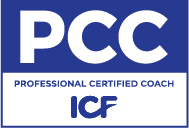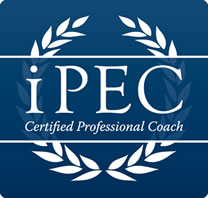
One of the toughest things about change in the workplace is that there is a lot of resistance to it. Resistance is all about not truly understanding why the change has come about. It’s not unusual to hear employees ask: “Why can’t we stay in the status quo?”
It’s helpful when leaders take the time to explain to employees the “why” of change and to paint the picture of how the change is going to increase revenue, improve employee satisfaction, or make things run more smoothly.
If you are one of those employees who is resisting the change or a manager responsible for making change happen…below are five tips to help yourself or others move along the spectrum of acceptance.
1. Ask for understanding. Talk with a manager or supervisor to understand the bigger picture. Discuss how the change is going to affect your job. You may find that it does not which may be a relief. If it does, then ask some probing questions:
- How specifically will the processes or procedures you use now be changed?
- What is the time frame for the “new” ways to take effect?
- What training will be required of you?
Having this knowledge will help alleviate concerns. Be proactive, don’t listen to the gossip going around the company of how “bad” this is going to be. Straight answers from your manager or supervisor are the best.
2. Focus on what you are gaining, not what you are losing. In times of change, everyone focuses on what they are losing. Often, change can be a welcome job enhancer by moving out of a comfort zone and into a stretch zone. It could also use talent that plays to your strengths. New work relationships may result if there is restructuring going on. So, re-frame a perceived loss by asking what am I gaining?
3. Be patient with yourself. Learning anything new takes time. You may find yourself working crazy hours because there is a steep learning curve. But, in six weeks time – it will become the new normal. Cut yourself some slack.
4. Be an advocate for the change. Those around you will be struggling with resistance. Misery loves company. Stay out of the complaining and whining that others do. Help colleagues to understand the big picture. Step out and be a leader yourself in helping make the change happen.
5. Take care of yourself. Change is stressful and it takes a toll on the body. This is the time to hit the gym, take a walk, meditate, reflect, eat healthy. Taking care of the body, helps the brain to also chill out.
The old saying goes, change is inevitable, growth is optional. So true. Change can be viewed as an opportunity to reach a higher potential. Growth always includes some kind of change and learning. So, take the time to understand, focus on the gain, be patient, be an advocate and take care of self. Change is always around the corner — go with the flow!
If you need help with navigating change, take advantage of my 6 part Thriving in the Midst of Change…Career and Life audio series on change which contains over 25 tips on how you can master change in both your career and life. Each audio is 7-10 minutes long and comes in an MP3 format which is downloadable and accessible on any mobile device. It’s easy, click here for instant access to Thriving in the Midst of Change…Career and Life!
To Your Career Success,
© KATIE WEISER, 2015. UNAUTHORIZED USE AND/OR DUPLICATION OF THIS MATERIAL WITHOUT EXPRESS AND WRITTEN PERMISSION FROM THIS BLOG’S AUTHOR/OWNER IS STRICTLY PROHIBITED. EXCERPTS AND LINKS MAY BE USED, PROVIDED THAT FULL AND CLEAR CREDIT IS GIVEN TO KATIE WEISER WITH APPROPRIATE AND SPECIFIC DIRECTION TO THE ORIGINAL CONTENT.









